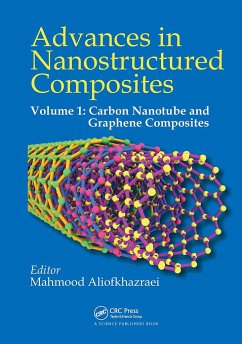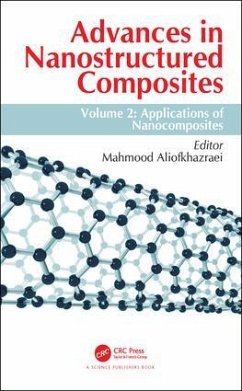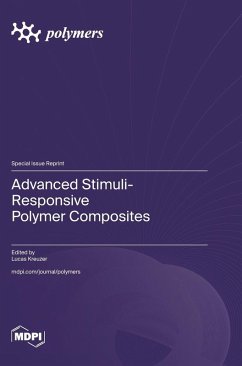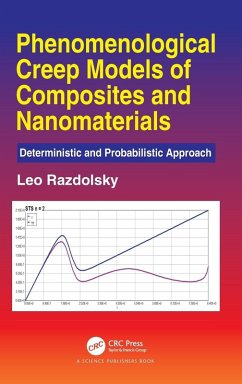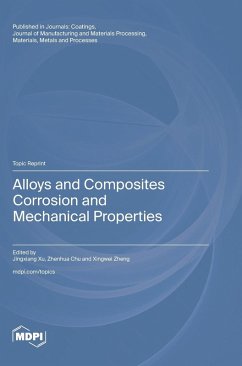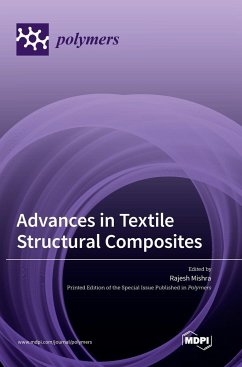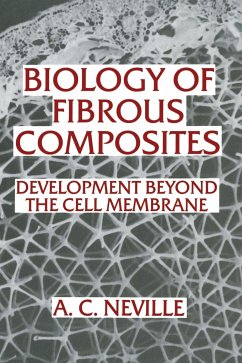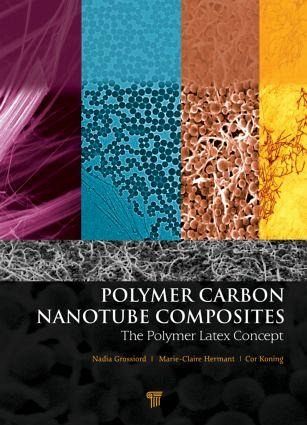
Polymer Carbon Nanotube Composites
The Polymer Latex Concept
Herausgeber: Koning, Cor; Grossiord, Nadia; Hermant, Marie-Claire

PAYBACK Punkte
74 °P sammeln!
This book provides readers with a comprehensive toolbox for dispersing single-walled and multiwalled carbon nanotubes in thermoplastic polymer matrices. The book starts with an overview of all known techniques for dispersing CNTs in thermoplastic polymers and then concentrates on one of the most versatile techniques known nowadays: the so-called latex technology. Also discussed are the basic principles of this latex technology, the role of the matrix viscosity on percolation threshold, the importance of the intrinsic CNT quality, the use of "smart" surfactants facilitating electron transport i...
This book provides readers with a comprehensive toolbox for dispersing single-walled and multiwalled carbon nanotubes in thermoplastic polymer matrices. The book starts with an overview of all known techniques for dispersing CNTs in thermoplastic polymers and then concentrates on one of the most versatile techniques known nowadays: the so-called latex technology. Also discussed are the basic principles of this latex technology, the role of the matrix viscosity on percolation threshold, the importance of the intrinsic CNT quality, the use of "smart" surfactants facilitating electron transport in the final composite, the preparation of highly loaded master-batches, which can be diluted with virgin polymer by melt-extrusion, and some promising potential applications.






